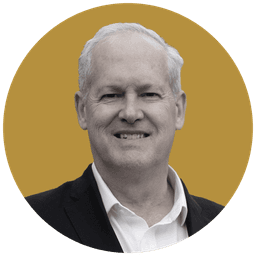Exclusive: Russia, To Escape Ukrainian Drones, Brings in North Korean Tunnel Engineers To Take the War Underground
North Korea’s Kim Jong-un vows ‘unconditional support’ for Russia in the war with Ukraine.

North Korea, world leader in digging military tunnels, will send thousands of engineering troops to Russian-occupied Ukraine this summer, reports South Korean TV channel Chosun. The destination would be Donetsk, a front line region with a 150-year history of coal mining.
“Three to four engineering brigades” would work in exchange for a Russian payment of $115 million, reports the conservative South Korean TV channel, citing a South Korean official. The tunnels-for-dollars deal comes after President Putin’s June 15 visit to Pyongyang, his first since 2000.
A login link has been sent to
Enter your email to read this article.
Get 2 free articles when you subscribe.

